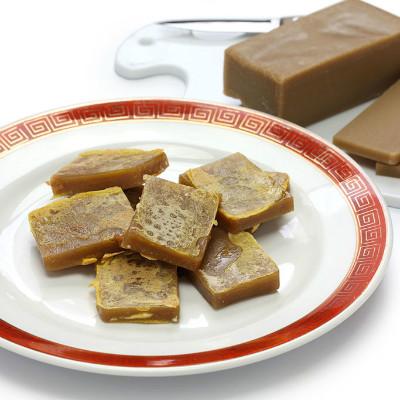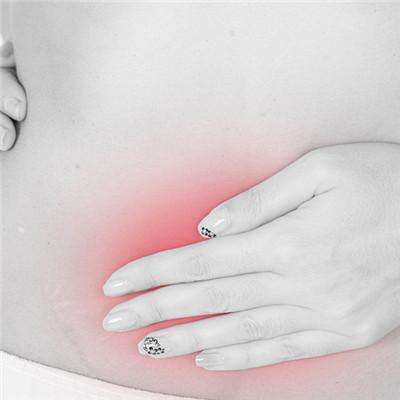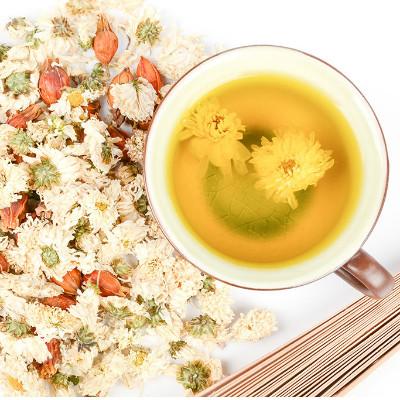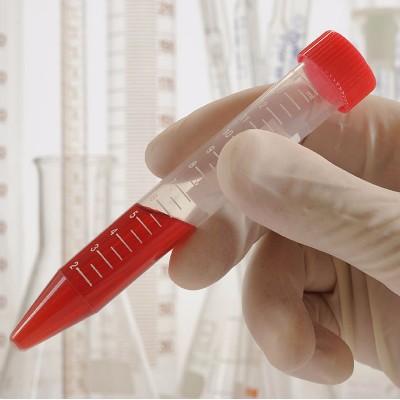Does fungal sinusitis have to be operated on?
summary
Fungal sinusitis is also known as fungal sinusitis. Fungal sinusitis is a common clinical infectious disease in rhinology. In recent years, in order to meet the needs of international communication, scholars propose to change its name to fungal rhinosinusitis. Does fungal sinusitis have to be operated on? Let's talk about it
Does fungal sinusitis have to be operated on?
The operation method and scope should be determined according to the scope of the lesion and the specific situation of the patient. If the lesion is not serious (such as fungal bulb, allergic fungal rhinosinusitis, chronic invasive fungal rhinosinusitis), endoscopic sinus surgery can be used to completely remove the lesion and pathological tissue, preserve the normal mucosa, and create a spacious ventilation and drainage of the sinuses. Caldwell Luc operation, lateral rhinotomy or combined with endoscopic sinus surgery can be used in patients with severe disease and wide range of lesions. Combined craniofacial surgery can be used when intracranial lesions are involved, and antifungal drugs can be used before operation, and antifungal drugs can be used to flush nasal cavity and sinuses after operation.
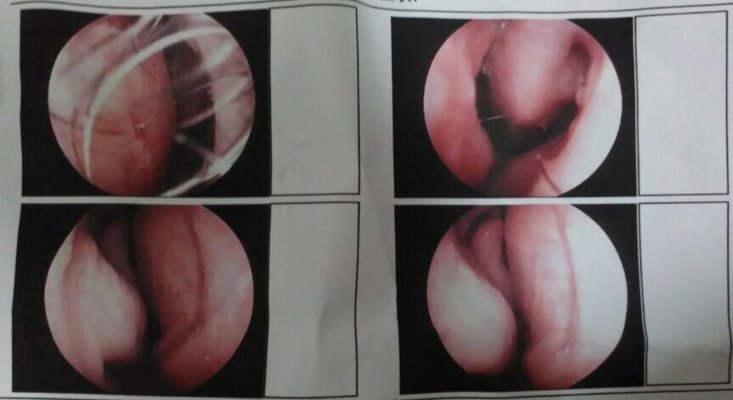
Traditional Chinese medicine therapy: Traditional Chinese medicine treatment commonly used fungal sinusitis, Chinese herbal medicine formula: Xanthium sibiricum 30g, Magnolia 20g, Scutellaria baicalensis 35g, asarum 4G, Angelica dahurica 25g, Gentianaceae 10g and other Chinese herbal medicine, manual process, careful selection of medicine, drying, grinding, external use, twice a day, has exact effect on fungal sinusitis.
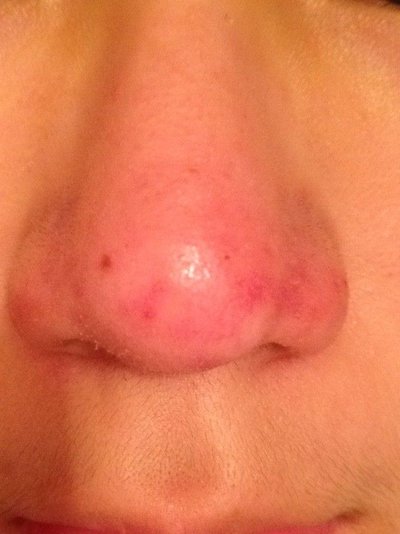
Antifungal drugs must be used after the operation of acute invasive fungal rhinosinusitis. Itraconazole and amphotericin B are commonly used antifungal drugs, and the dosage can be determined according to the patient's condition and tolerance. Ketoconazole or itraconazole can be used for patients whose condition has been controlled or milder after operation and amphotericin B treatment.
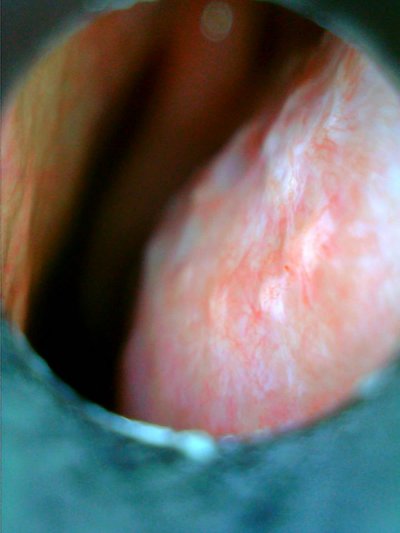
matters needing attention
1. To take more vitamin E, you can eat sunflower seeds, seed oil. 2. Eat herbs and condiments that reduce blood flow, such as elderberry, thyme and ginger. 3. Eat more garlic and onion.
